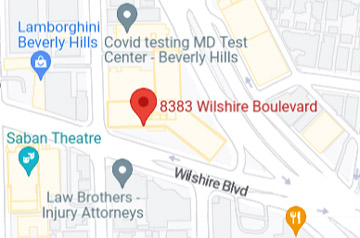
In response to market demand and federal regulations, car manufacturers have been devising new engineering techniques to improve fuel economy. A popular method manufacturers have been employing is the reconfiguration of vehicle transmissions. The results have been mixed and consequently, many consumers are left driving defective vehicles. These defective vehicles give rise to many California Lemon Law claims.
Ford’s PowerShift transmission equipped in its 2011–2016 Focus vehicles and 2012–2016 Fiesta vehicles is a perfect example of this problem. The PowerShift transmission was designed as a manual transmission that operates like an automatic transmission. Manual transmissions have a foot pedal that the driver depresses to engage and disengage the engine from the transmission. This enables the vehicle to travel smoothly while the driver shifts gears. On the other hand, traditional automatic transmissions are equipped with a fluid-filled device called a torque converter. Instead of the driver having to push a clutch pedal to engage and disengage the engine from the transmission, the torque converter performs a task that accomplishes the same result. Consequently, operating the vehicle is less burdensome on the driver.
Despite the increased convenience of an automatic transmission, such transmissions are not as fuel efficient as their manual counterparts. Ford’s PowerShift transmission was intended to be the best of both worlds, i.e., the fuel efficiency of a manual transmission with the convenience of an automatic. The PowerShift transmission was not equipped with a torque converter and instead, it used two “dry” clutches. The results were supposed to be improved efficiency and smoothness and the vehicles.
Unfortunately, the results were not as Ford intended. Consumers began to experience many defects related to the PowerShift transmission. Drivers complained of delayed acceleration, transmission shuddering, harsh shifting, vehicle shaking and the cars lurching forward. Ford acknowledged the problem and published multiple technical service bulletins on the issue. The attempted repairs called for software updates. In certain instances, Ford would replace the transmissions on the affected vehicles. Despite these attempts to remedy the problem, consumers continued to experience the drivability problems associated with the transmission. In turn, hundreds and hundreds of consumers have filed California Lemon Law claims seeking relief.








